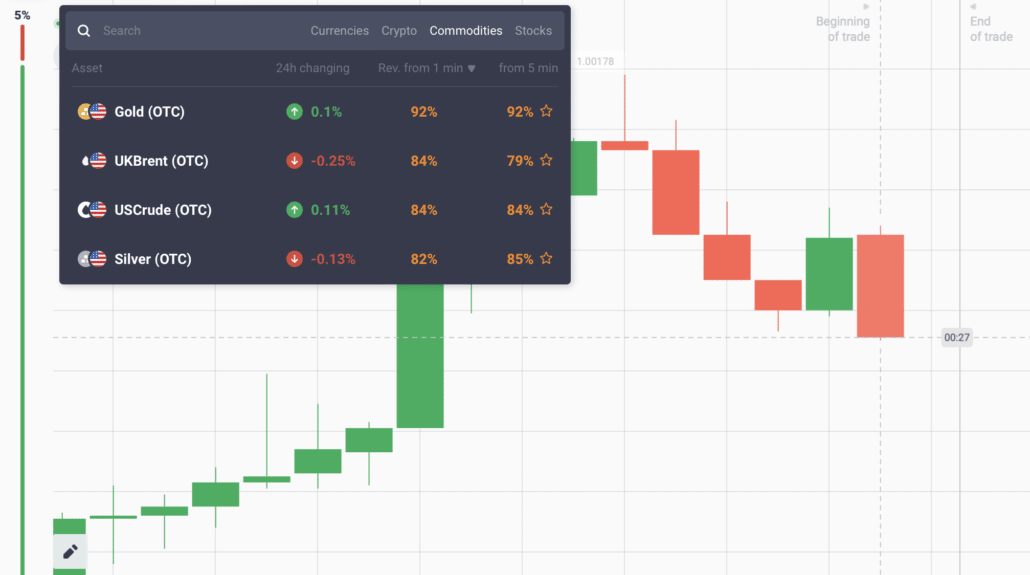
Pro Commodities Trading: Lesson 1 — Commodity Trading Strategies
27 мая 2024
75 views
Algorithmic Trading
Algorithmic trading uses computer algorithms to automate trading decisions based on predefined criteria and market data. This approach offers speed, accuracy, and the ability to process large amounts of data efficiently.
- Types of Algorithms:
- Trend Following: Algorithms that identify and trade in the direction of prevailing market trends.
- Mean Reversion: Algorithms that assume prices will revert to the mean and trade based on deviations from this mean.
- Statistical Arbitrage: Algorithms that exploit statistical relationships between different commodities or markets.
- Building an Algorithm:
- Data Collection: Gather historical and real-time market data.
- Strategy Development: Define the trading rules and criteria for the algorithm.
- Backtesting: Test the algorithm using historical data to evaluate its performance.
- Execution: Implement the algorithm in live trading with continuous monitoring.
High-Frequency Trading (HFT)
High-frequency trading (HFT) is a subset of algorithmic trading characterized by extremely high speed and frequency of trades. It capitalizes on small price movements and liquidity imbalances.
- Key Components:
- Latency: Minimizing delay between trade execution and market response.
- Order Types: Using various order types such as limit orders, market orders, and iceberg orders to optimize execution.
- Challenges:
- Competition: High competition among HFT firms for speed and execution efficiency.
- Regulation: Increased scrutiny and regulation due to potential market manipulation and volatility.

Arbitrage Strategies
- Spatial Arbitrage:
- Definition: Exploiting price differences for the same commodity in different markets.
- Example: Buying gold in one market where it is cheaper and selling it in another market where it is more expensive.
- Temporal Arbitrage:
- Definition: Exploiting price differences over time, typically involving futures contracts.
- Example: Buying a commodity in the spot market and selling it in the futures market if the future price is higher.
- Statistical Arbitrage:
- Definition: Using statistical models to identify and exploit price inefficiencies between correlated commodities.
- Example: Trading pairs of commodities like oil and gasoline based on their historical price relationship.
Example: Implementing an Algorithmic Strategy
- Algorithm Design:
- Objective: Develop a trend-following algorithm for trading crude oil.
- Data: Collect historical price data and technical indicators such as Moving Averages.
- Strategy: Buy crude oil when the short-term moving average crosses above the long-term moving average and sell when it crosses below.
- Backtesting:
- Process: Test the algorithm using past data to evaluate its profitability and risk.
- Execution:
- Implementation: Deploy the algorithm in a live trading environment and continuously monitor its performance and adjust as needed.
Conclusion
Advanced trading strategies such as algorithmic trading, high-frequency trading, and arbitrage require sophisticated techniques and tools. Understanding and implementing these strategies can provide significant advantages in the commodities markets, but they also come with challenges and risks.




